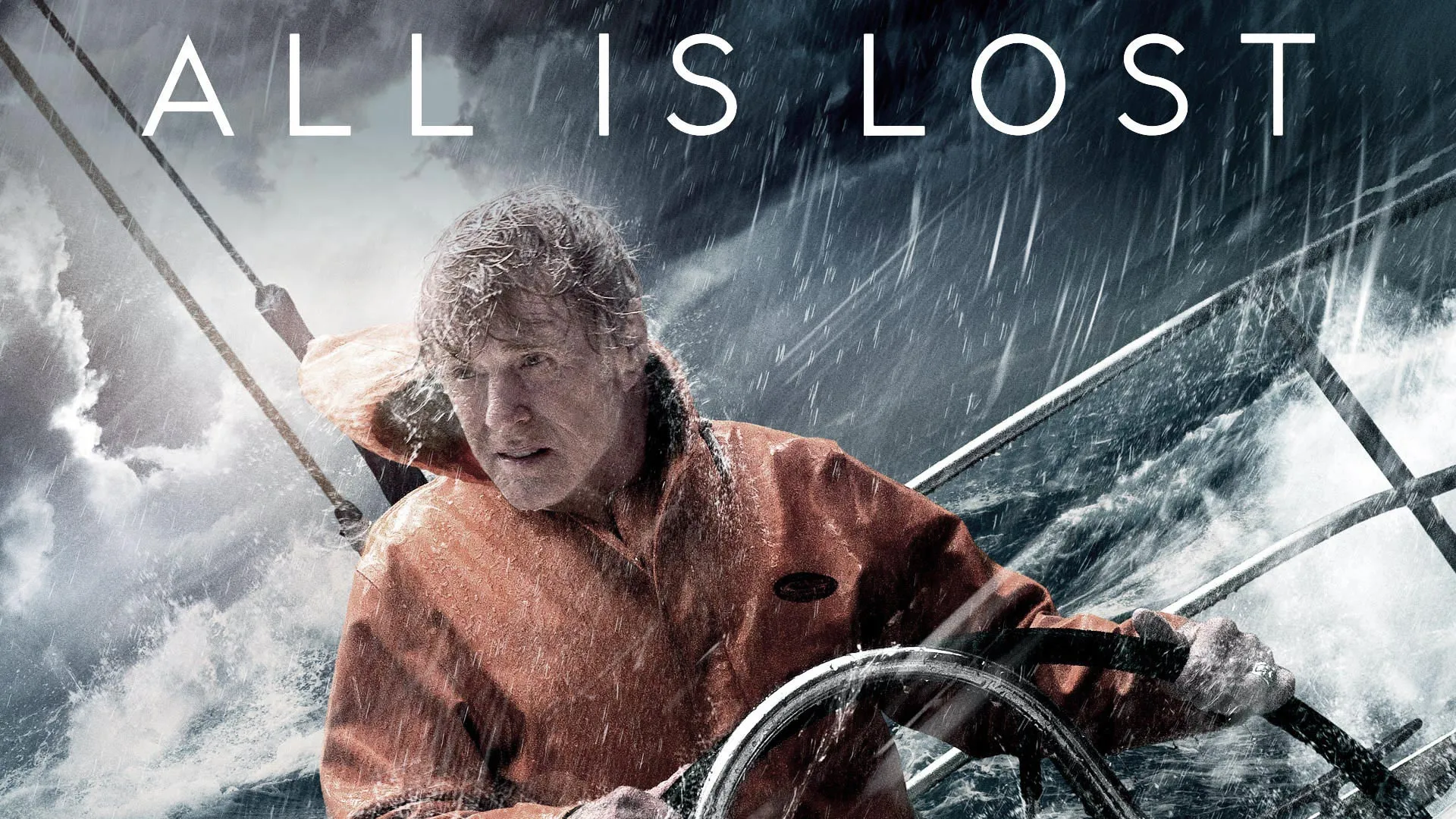Directed by Christopher Nolan, Dunkirk is not a traditional war film. It’s not about winning a battle or defeating the enemy. It’s about surviving long enough to be rescued. Through its stripped-down storytelling and immersive style, Dunkirk delivers a relentless, heart-pounding portrait of a moment in history where human endurance, not triumph, was the measure of success.
Plot Summary
The film portrays the 1940 Dunkirk evacuation, in which over 330,000 Allied soldiers—primarily British and French—were trapped by German forces on the beaches of Dunkirk, France. Rather than present this story linearly, Nolan structures the narrative across three intersecting timelines:
-
The Mole (1 week): Follows Tommy (Fionn Whitehead), a young British soldier trying to escape the beach by any means possible. He joins forces with other stranded troops in increasingly desperate attempts to get off the shore, each ending in disaster.
-
The Sea (1 day): Follows Mr. Dawson (Mark Rylance), a civilian who, along with his son Peter and a young deckhand named George, sails a small boat from England across the Channel to aid in the evacuation. Along the way, they pick up a shell-shocked soldier (Cillian Murphy) whose trauma threatens to derail the mission.
-
The Air (1 hour): Follows Farrier (Tom Hardy), a Royal Air Force pilot providing air cover to the retreating forces. As fuel runs low, Farrier makes calculated decisions in the skies to protect the ships below, fully aware his actions may lead to his own capture or death.
These three threads collide in the final act, when timelines converge in a breathtaking crescendo of rescue, sacrifice, and fleeting hope.

Characters and Performances
-
Tommy (Fionn Whitehead): With few lines and no backstory, Tommy becomes an everyman soldier—frightened, resourceful, and constantly reacting to chaos. He is a vessel through which the audience experiences the helplessness of the beach.
-
Mr. Dawson (Mark Rylance): Calm, principled, and quietly heroic, Dawson embodies the spirit of civilian courage. His understated performance anchors the sea narrative with emotional gravitas.
-
Farrier (Tom Hardy): Almost entirely behind a pilot mask, Hardy conveys a world of tension and bravery through only his eyes and body language. He represents the silent sacrifice of those who fight without glory.
-
The Shivering Soldier (Cillian Murphy): This character serves as a living example of war’s psychological toll. His breakdown is painful, tragic, and in stark contrast to the stoicism around him.
Structure and Storytelling Technique
One of Dunkirk’s most innovative choices is its nonlinear structure, which reflects Nolan’s fascination with time. By presenting one week, one day, and one hour’s worth of events on parallel tracks, he creates a layered rhythm of tension that builds and releases with each narrative beat.
Rather than focusing on character development or personal backstories, the film prioritizes moment-to-moment survival. Dialogue is sparse; emotions are conveyed through actions, glances, and sound. This minimalist approach removes melodrama and places the viewer directly into the chaos.
It’s not about individual heroism—it’s about collective endurance.
Cinematography and Sound
Shot in IMAX and on 65mm film by Hoyte van Hoytema, Dunkirk is visually arresting. Sweeping aerial dogfights, endless beaches, and claustrophobic ship interiors are all rendered with stark realism. The lack of CGI adds weight to every image.
But the film’s most powerful tool is sound. Hans Zimmer’s score is built around a ticking clock motif—literally using a recording of Nolan’s own watch. The score blends seamlessly with the sound design: gunfire, crashing waves, engine roars, and screaming steel.
Zimmer’s music employs the Shepard tone, an auditory illusion that creates a sensation of perpetually rising tension. This makes the film feel like one extended heart attack, never offering full relief until the final moments.
Themes and Symbolism
-
Survival as Victory: Dunkirk doesn’t glorify war; it strips it down to the raw, terrifying act of trying to stay alive. There's no final triumphant charge—just escape.
-
Collective Heroism: There are no super-soldiers or main characters who win the war. The film honors the collective effort—soldiers, civilians, and pilots alike.
-
Silence and Dignity: Much is said with no words. From Farrier gliding silently toward enemy territory to Mr. Dawson calmly defying danger, the film shows heroism in restraint.
-
Time and Perspective: By bending the timelines, Nolan emphasizes how different perspectives (land, sea, air) shape our understanding of war and trauma. It’s also a meditation on how time stretches in crisis.
Reception and Legacy
Upon release, Dunkirk was hailed as a masterpiece. It was nominated for 8 Academy Awards, winning Best Editing, Best Sound Mixing, and Best Sound Editing. Critics praised its innovation, tension, and emotional purity.
Some viewers found the lack of character backstory frustrating. But for many, this abstraction made the film more immersive, more experiential. You weren’t watching a story—you were inside it.
It’s widely considered one of the best war films ever made and one of Nolan’s finest directorial achievements.

Final Thoughts
Dunkirk is a harrowing, poetic, and technically flawless piece of filmmaking. It challenges the conventions of war cinema by refusing to personalize the story in traditional ways. Instead, it universalizes it.
The film doesn’t ask you to understand the characters—it asks you to feel what they feel: fear, hope, confusion, relief.
In doing so, Nolan delivers a new kind of war epic—one not about conquest, but about the quiet, trembling dignity of surviving.
:max_bytes(150000):strip_icc()/bb-01286-1-2000-76a7bc917dc64ca39a13b5b90862ef12.jpg)
-1751429506-q80.webp)
-1751517474-q80.webp)

